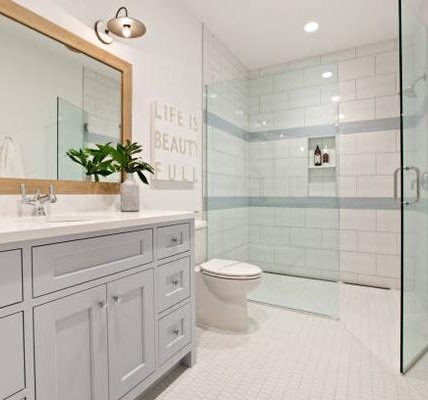Home construction plays a crucial role in shaping our living environment and ultimately impacting our health. From the initial blueprints to the final touches, every step of the construction process can have profound implications for our well-being.
One of the key factors to consider when building a home is indoor air quality. Poor ventilation and improper use of materials can lead to a buildup of harmful pollutants inside the house, which can have serious health consequences. For example, volatile organic compounds (VOCs) released from paints, carpets, and furniture can cause respiratory issues and exacerbate allergies. Additionally, mold growth due to moisture buildup can trigger asthma attacks and other respiratory problems.
Proper insulation is another important aspect of home construction that affects health. Inadequate insulation can result in temperature fluctuations inside the house, leading to discomfort and potential health issues such as heat stress or hypothermia. On the other hand, excessive insulation without proper ventilation can create a breeding ground for allergens and mold.
The choice of building materials also plays a significant role in determining the health impact of a home. Materials that contain toxic substances like formaldehyde or lead can pose serious risks to occupants’ health. Opting for eco-friendly materials such as sustainable contractors wood, natural stone, or recycled glass not only benefits the environment but also promotes better indoor air quality and overall well-being.
Furthermore, attention should be paid to water quality in homes during construction. Contaminated water sources or inadequate plumbing systems can lead to bacterial growth and waterborne diseases. Proper installation of filtration systems and regular maintenance of pipes are essential steps towards ensuring safe drinking water for residents.
In addition to physical aspects, mental well-being should also be considered when designing homes. Natural light exposure, access to green spaces, and soundproofing measures all contribute to creating a healthy living environment that supports mental health. Studies have shown that exposure to natural elements like sunlight and greenery can reduce stress levels and improve mood.
Overall, it is clear that home construction has far-reaching implications for our health and well-being. By prioritizing factors such as indoor air quality, insulation, building materials, water quality, and mental wellness during the construction process, we can create homes that promote better living conditions for occupants.
In conclusion, homeowners should work closely with architects, builders, and designers to ensure that their homes are constructed with health-conscious principles in mind. By making informed choices about design, materials, and systems, we can create spaces that not only look beautiful but also support our physical and mental well-being. Ultimately, our homes should be sanctuaries where we feel safe, comfortable, and healthy – from blueprints to better living. It’s time we start thinking about how our homes are built; not just what they look like on paper – but how they make us feel inside them.





